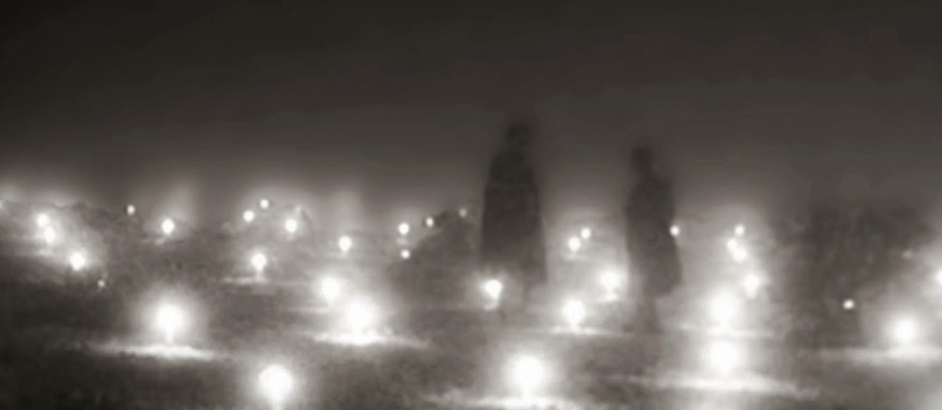Waterloo 2022 Fall B - Lightbulbs
View as PDF2022 Fall Waterloo Local Contest, Problem B
Thomas Edison is actively working on a better version of a lightbulb. During that process, he covers entire
fields with batches of lightbulbs and conducts tests on them. In his current experiment, he arranged
rows with
lightbulbs in each row. Each lightbulb has a chance
of working, otherwise, it's faulty and
won't light up. Thomas wants to find the expected value of the length of the longest horizontal sequence
of lightbulbs that are working.
For example, in the setup below, where is a working lightbulb and
is faulty, the length of the longest
horizontal sequence of lightbulbs that are working is
, since there are three consecutive ones in the second
row (and also in the fourth row).
1 0 1 1
0 1 1 1
0 1 0 0
1 1 1 0
1 1 0 1Note that we're interested in horizontal sequences only.

Constraints
Input Specification
You're given three numbers separated by spaces – positive integers and
, and a real number
.
Output Specification
Output the answer to the problem. Your answer would be considered correct if its absolute or relative
error is less than .
Sample Input 1
2 3 0.5Sample Output 1
1.828125000000Sample Input 2
47 74 1Sample Output 2
74.000000000000
Comments